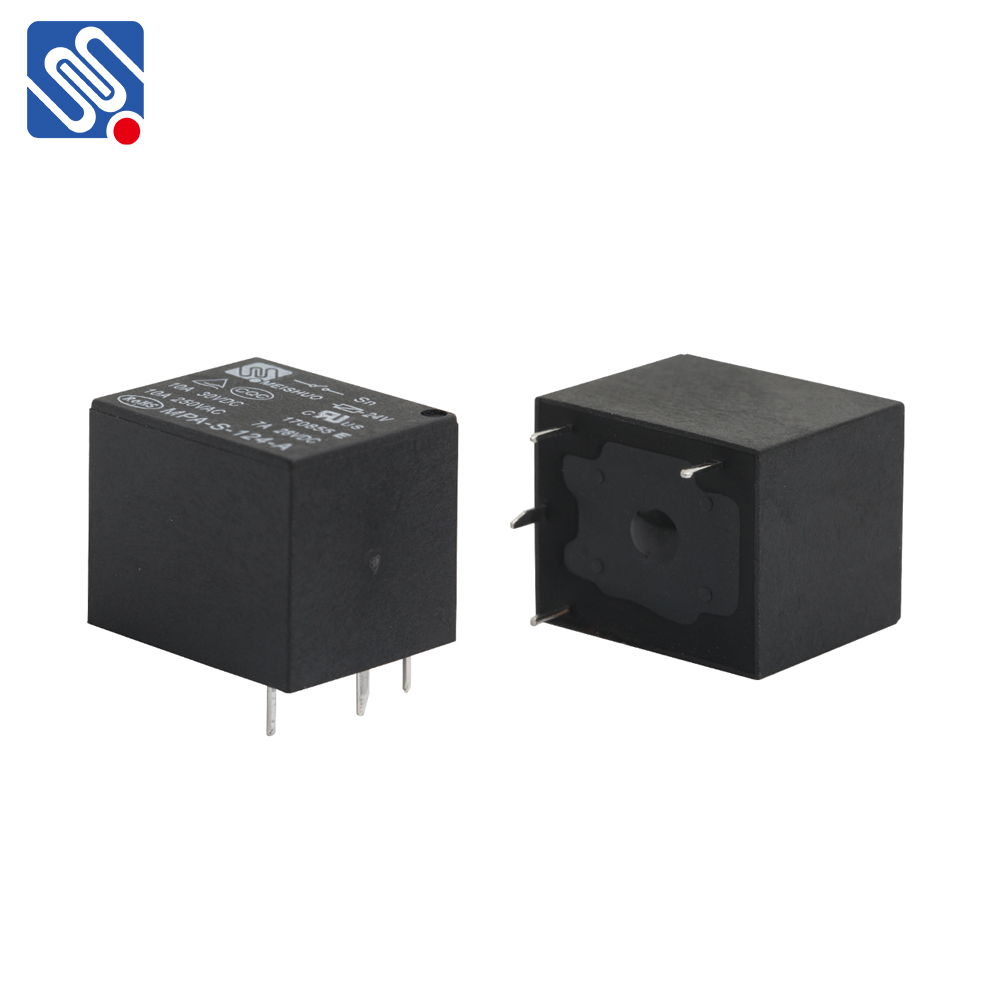relay circuit design and meishuo’s contribution
Release time:2025-07-03 16:11:38
Relay circuits are essential components in many electrical and electronic systems, allowing for the control of large current circuits using smaller control signals. These circuits are widely used in automation, control systems, and safety mechanisms, among other applications. In this article, we will explore the basics of relay circuit design and highlight the contribution of Meishuo, a company renowned for its innovations in relay technology.

Understanding Relay Circuits
A relay is an electrically operated switch that allows a small electrical current to control a larger current. It consists of a coil, an armature, a spring, and one or more sets of contacts. When a current flows through the coil, it creates a magnetic field that moves the armature, causing the contacts to either open or close, depending on the relay’s design.
Relay circuits are used in a wide variety of systems, such as automotive electronics, industrial control systems, and home automation. The primary function of a relay circuit is to isolate the low-voltage control side of a system from the high-voltage or high-current load side. This makes relay circuits an integral part of safety and control systems.


